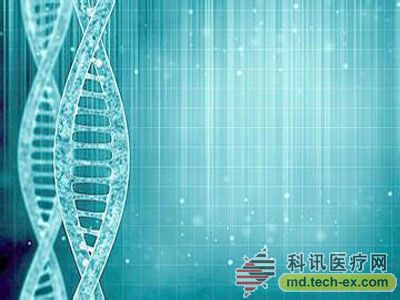April 15, 2023
Okra cultivation techniques
Release date: 2015-12-16

The Shanghai Institute of Applied Physics of the Chinese Academy of Sciences collaborated with the University of Aarhus, Denmark, to make new progress in the mathematical operation of DNA nanostructures, and established a prototype of DNA calculator based on the principle of combinatorials. Related research was published in Nature Communication.
DNA molecules have strong sequence programmability and precise molecular recognition capabilities and are considered ideal for the development of next-generation biocomputers. However, existing prototype DNA computers often have problems such as inconsistent input and output, signal crosstalk, low computational efficiency, and lack of an intuitive output mode. The operation process and results are often difficult to interpret, which limits the development of DNA computing.
The study uses a new DNA calculation model based on combinatorial principles to create a similar "look-up table" that significantly improves the efficiency of DNA calculations. In computer science, the use of lookup tables can avoid multi-level logic operations in complex operations. The lookup table for DNA construction has an enormous variable capacity. The researchers used a multiplication operation as an example to demonstrate the pattern and used a visual digital output similar to an electronic calculator. The results of the calculations can be interpreted on a multi-scale display with clear numerical results.
Experts believe that this DNA computing model has the characteristics of modular design, and it is expected to become a prototype DNA computer suitable for ordinary users by designing humanized input, calculation, output and other modules, and in biosensing, data storage and Processing and other aspects have been applied.
DNA molecules have strong sequence programmability and precise molecular recognition capabilities and are considered ideal for the development of next-generation biocomputers. However, existing prototype DNA computers often have problems such as inconsistent input and output, signal crosstalk, low computational efficiency, and lack of an intuitive output mode. The operation process and results are often difficult to interpret, which limits the development of DNA computing.
The study uses a new DNA calculation model based on combinatorial principles to create a similar "look-up table" that significantly improves the efficiency of DNA calculations. In computer science, the use of lookup tables can avoid multi-level logic operations in complex operations. The lookup table for DNA construction has an enormous variable capacity. The researchers used a multiplication operation as an example to demonstrate the pattern and used a visual digital output similar to an electronic calculator. The results of the calculations can be interpreted on a multi-scale display with clear numerical results.
Experts believe that this DNA computing model has the characteristics of modular design, and it is expected to become a prototype DNA computer suitable for ordinary users by designing humanized input, calculation, output and other modules, and in biosensing, data storage and Processing and other aspects have been applied.
Source: Chinese Journal of Science
Plastic Petri Dishes,Three Vents Petri Dishes,Medical Petri Dishes,Laboratory Plastic Petri Dishes
Yancheng Rongtai Labware Co.,Ltd , https://www.shtestlab.com